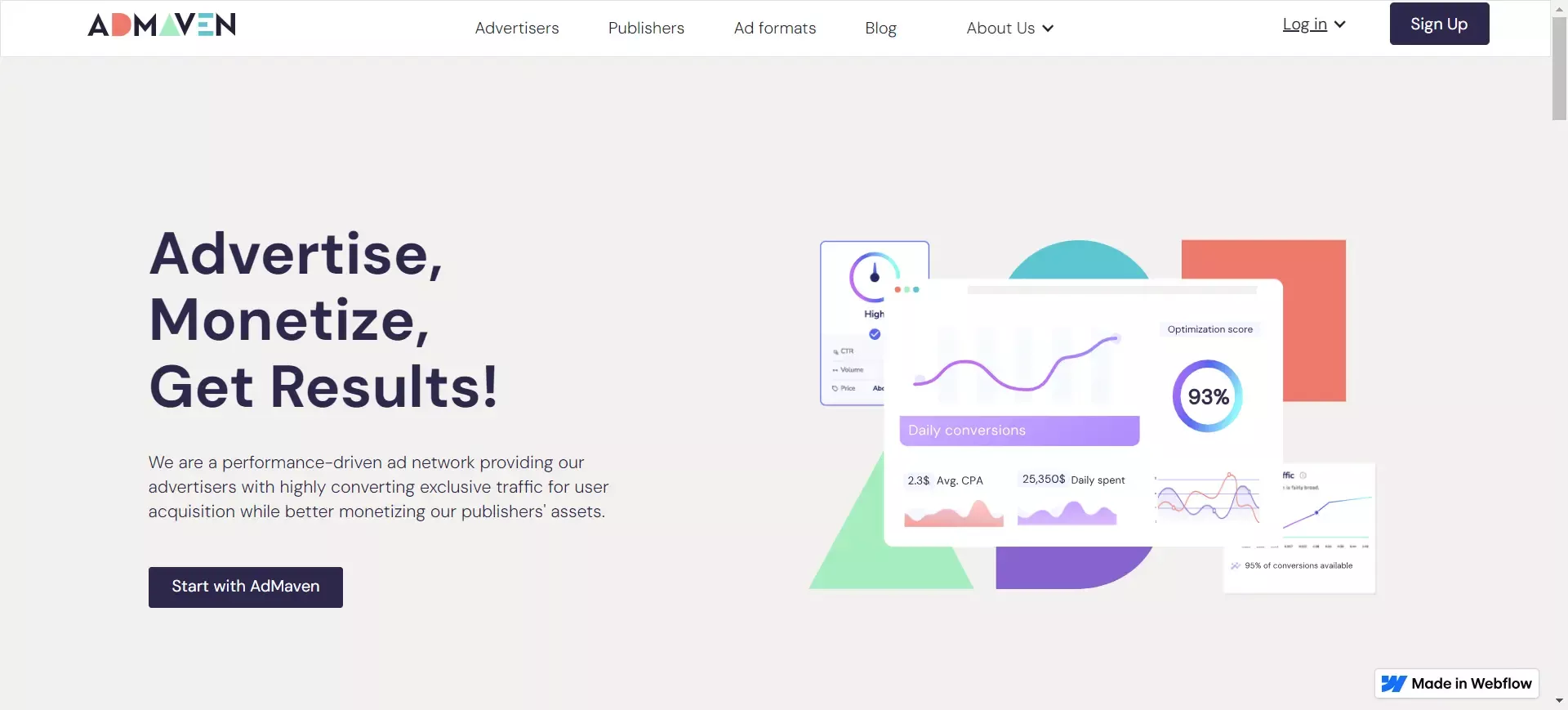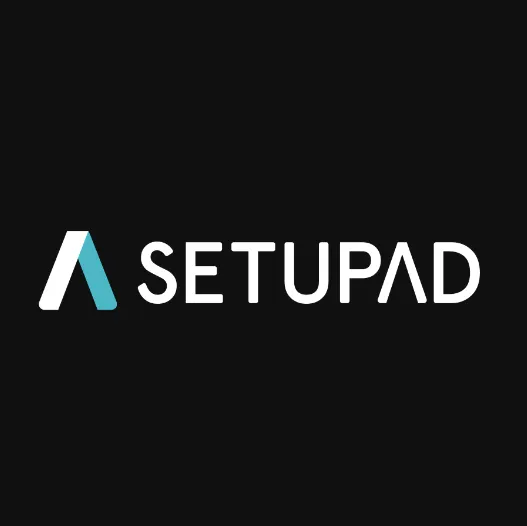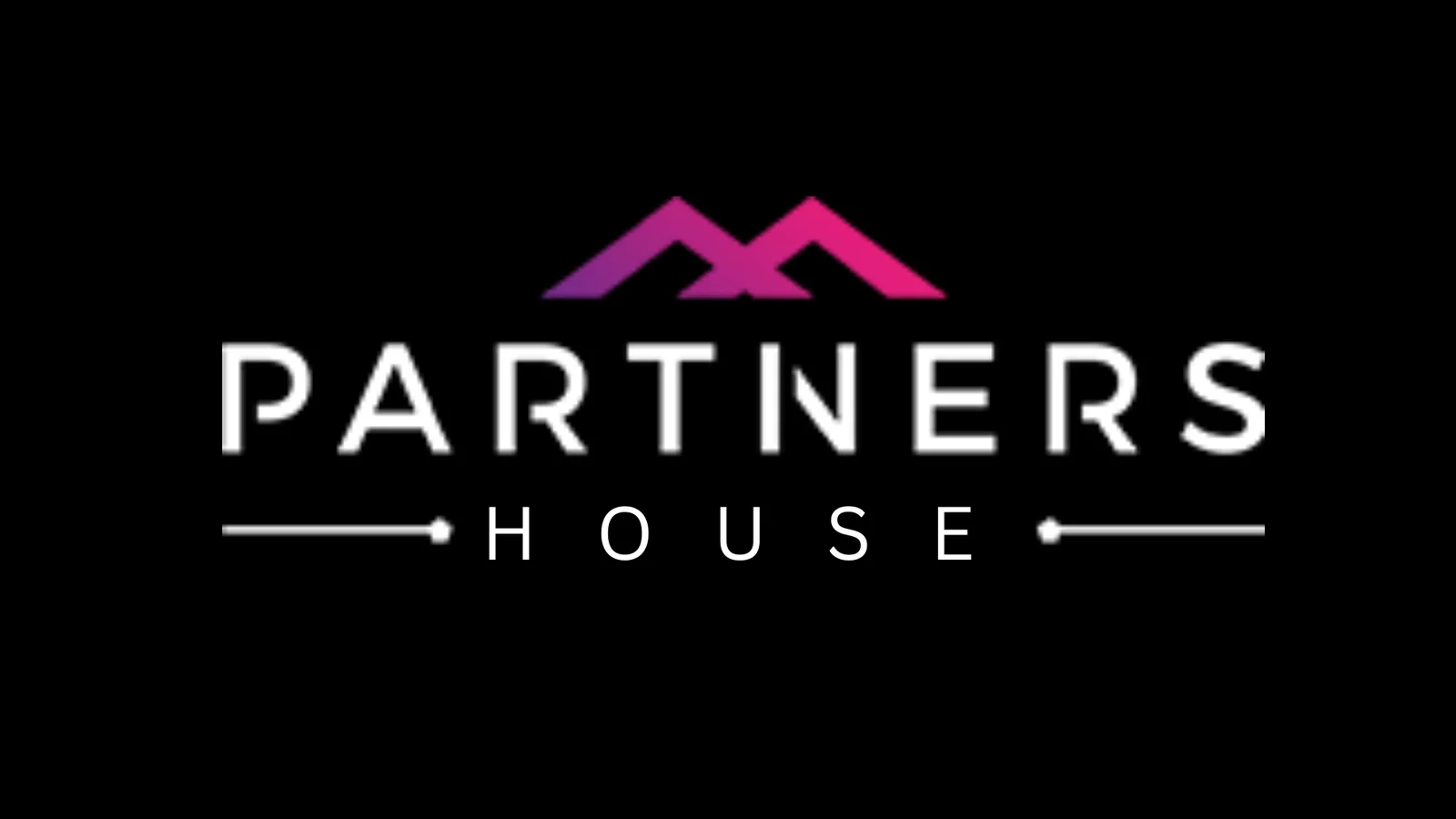How to Protect Your Inventory in Programmatic and RTB Auctions
-
 By Editorial Staff
By Editorial Staff
-
25 March 23
Protection helps you in the management of your brand and in avoiding competing advertisers' ads from appearing together and helps determine which inventory must be made available for Open Auction. They satisfy the targeting of an ad request that applies to ad requests, and more than one rule may apply to the same ad request. There are three kinds of Protections-
- Ad Content
- Competition
- Inventory exclusion.
There are some network-level controls that help opt into or out of Google Demand Sources, which include Google Display Network (GDN) and Display and Video 360.
Summary
-
How to Protect Your Inventory in Programmatic and RTB Auctions
- Ad Content
Ad Content:
These rules make sure that your digital properties have only the kind of ads that you want on them. They protect you, your users, and your advertisers. You conduct the management of the brand of your websites or apps by either blocking or opting into kinds of ads.
Ad Content Targeting:
The rules of ad content apply to all inventories under a wide range of scenarios-
- If you select- Protect all inventory
- If you select- Only protect specified inventory and do not specify targeting
- If you select only protect specified inventory and include a targeting type but do not include a targeting class or value.
If you wish to limit a rule to a specific inventory, select Only protect specific inventory and add targeting- either a class or value.
- Check on Only protecting specified inventory
- Click on Add targeting
- Select a targeting type from the menu
- Click on the targeting type and add either a targeting class or value
- Click on Save.
Blocks:
These are the kind of ads that, by default, are allowed and can serve if Blocks are not applied and do not pose restrictions. You can opt to block ads from the given categories or sources-
- Ad experiences: helps control the kind of ad behavior which would be considered eligible for your digital properties. For instance- expandable ads.
- Advertisers/Brands: Brands are known to be children mapped to parent advertisers. For instance- a food company would be the parent and the product they manufacture their child.
- General categories: Offers ad groupings of high level like Apparel, Finance, and Health.
- Sensitive categories: these would be ads that are considered"sensitive" because of the nature of the business or ad, such as "Sensationalism" or "Significant Skin Exposure."
- Buyers: Do not allow specific buyers to show ads on your site.
- Custom labels: Used for grouping objects for varying purposes. For instance- the creation of a custom label and then blocking it to prevent competing ads from appearing on the same page. The blocking is supported only for YouTube cross-sell networks.
- Advertiser URLs: Linking of ads to specific URLs or app downloads. So, blocking all ads that are linked to your competitor is easy.
- Cookies and data uses Blocks other buyers from showing ads depending on user interest categories or remarketing.
Opt-ins:
The ads from the given categories or sources are blocked by default, but you can allow them if you please-
- Ad experiences- manages the kind of d behavior which is eligible for your digital property- in this case, video ads are known to have unknown ad behavior or might meet the minimum threshold to transact programmatic, but compliance with ad policies is not present.
- Restricted categories- allows ads for alcohol and gambling to show if the categories have not been disabled from your network.
- Ad technologies- helps control what ad technologies and video types are allowed on your inventory.
Competition:
The rules for competition prevent advertisers in a similar market from appearing together. If you set up these kinds of rules, you easily add value to your advertisers by assuring them they won't compete for the same users during an ad experience.
Inventory exclusions:
They show what inventory must be excluded from going to Open Auction. They also allow the exclusion of inventory types or targeting.
Network level:
Google Demand sources which include- Google Display Network and Display and Video 360, are allowed to show ads depending on user interest categories and remarketing by default. So, they can also use insights from non-signed visits and make interest categories. On the network level, you can leave out either interest-based category ads or remarketing ads.
RTB networks are an important component of programmatic advertising with the potential to generate billions of dollars annually. If you understand how to protect your inventory, you will be able to maximize your revenue.
| Recommended Software | Category | Why Choose? | Signup URL |
|---|---|---|---|
| Setupad | Website Monetization | High CPMs, On time payments | Signup here |
| Refinery89 | Website Monetization | Easy installation, High CPMs | Signup here |
Blog FAQs

Editorial Staff at Publisher Growth is a team of blogging and AdTech experts adept at creating how-to, tutorials, listings, and reviews that can publishers run their online businesses in a better way.
View All PostsOur Editors’ Pick:
Browse these amazing publisher monetization tools handpicked by our team of editors

























